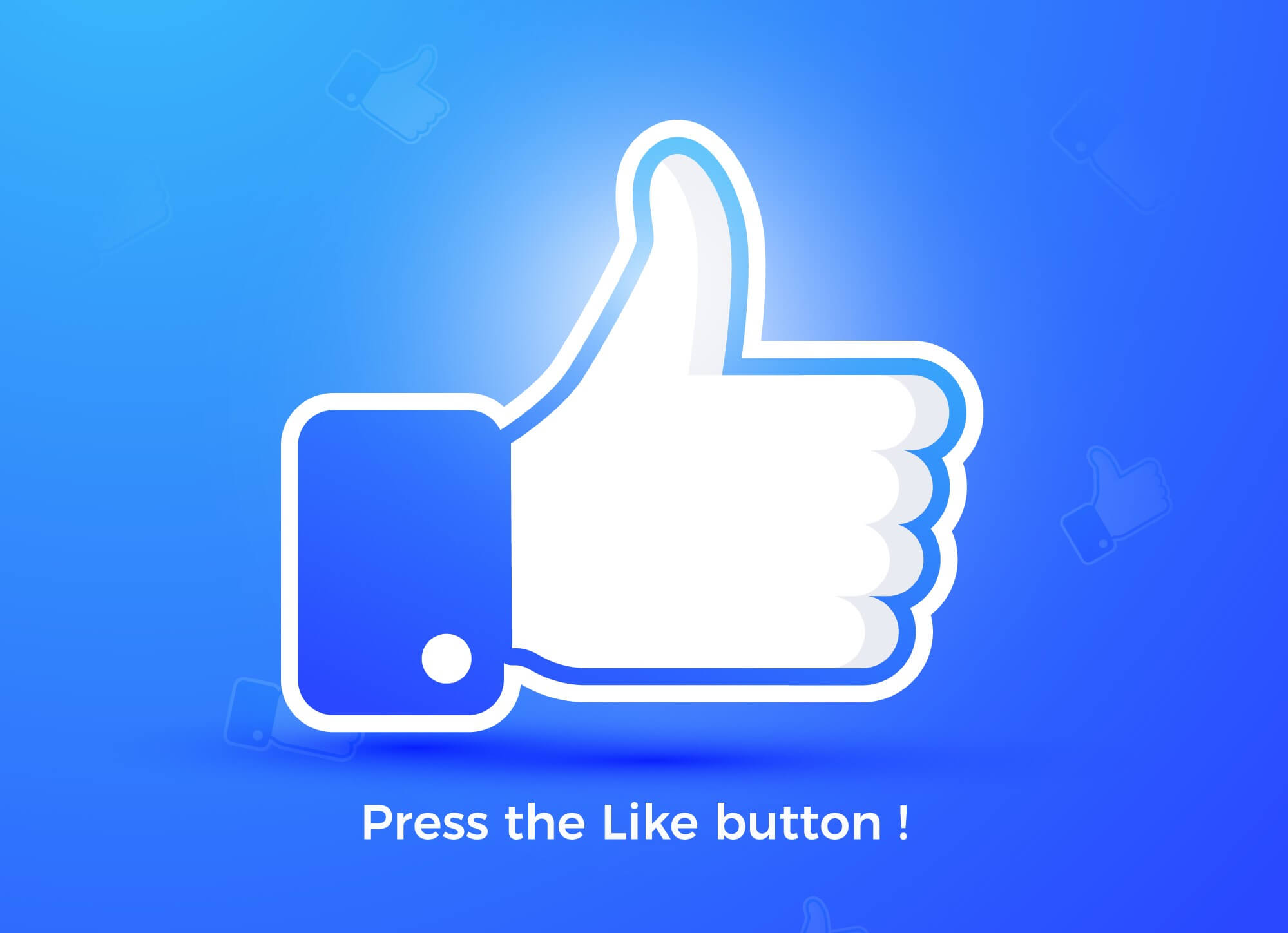We all know we probably could do a better job of listening. But have we really thought about what benefits could accrue to us and our relationships when we really listen? Listen to Doreen Johnson, founder of River Dreams™, a coaching business that helps people express their true nature. In an early corporate position, Doreen noticed herself checking her watch as meetings dragged on and on, and there was lots of talking but much less listening. She made a conscious decision to remove her watch and focus on really listening to what people were saying. She listened to the whole person, trying to determine the whole message, not just the words. Over time, she noticed her meetings were becoming less contentious, more productive, and shorter. People noticed that meetings were so much better, but they didn’t really understand what had changed. So started my conversation with Doreen, and after this story, I hung onto her every word.
True listening is not a set of skills as much as it is a state of mind. If you listen habitually, you will react to what others say. You will cut them off if they tend to go on and on. You will argue with them if they don’t agree with you. You will tune them out if you know where they are going because you have heard it all before. The result of this kind of listening is patterned behaviors which are repeated endlessly and often at length. I picture each of us enclosed in our private capsules, bumping into one another like so many bumper cars, each talking to hear ourselves. Noisy and funny sometimes, but also repetitive and somewhat meaningless. (Kind of like our meetings, only without the humor?)
Now what happens when you apply a number of listening skill rules? You know the ones; make good eye contact, nod, and say “uh huh” a lot. You can do all this and yet not really be listening. Now we are in our capsules, knocking into each other, and pretending to listen. Maybe we are listening to the words, but we still aren’t connecting at more than a superficial level. Applying technique and rules really doesn’t do much until we are ready to make the radical leap to true listening.
When you make a clear, conscious choice to simply listen without judgment, but listen to fully understand, you are listening with your heart as well as your head and your ears. You automatically take in the whole of the communication; what is being said and what is not. What the nonverbals are telling you. The tone of voice. The expression on the face. The concerns and fears the other person is saying behind the words.
The amazing thing when you truly listen is that the other person knows it, feels heard, and doesn’t feel the need to keep repeating themselves, taking up more and more time as they try again and again to be heard. You will also notice when you listen in this manner, it takes an enormous amount of mental focus and energy to sustain. Listening is work!
One mental technique that can help is to imagine a clear dome over the two (or more) of you as you listen. Everything outside the dome is unimportant (no more checking your watch or looking at your phone.) Everything inside the dome is important. No more capsules keeping us apart. We are together in this communication. You make yourself 100% present in the moment. You let go of your own agendas and intentions to influence, control, or direct. You are simply and profoundly listening.
According to Doreen, leaders who learn to listen in this way are rare. But those who do inspire greater trust and enjoy greater mutual respect. In addition, they arouse not only accountability, but loyalty. You develop trust in a more profound outcome, rather than trying to control others or have your way.
My guess is true listeners spend much less time rehashing the same old, same old, therefore wasting less time in unproductive meetings and conversations. I encourage you to try it for yourself; start with one or two conversations today and truly be present to listen to the other person. I would love to know how this feels and whether in the end it is worthwhile.
Doreen Johnson can be reached at her website: www.riverdreamsintuition.com










